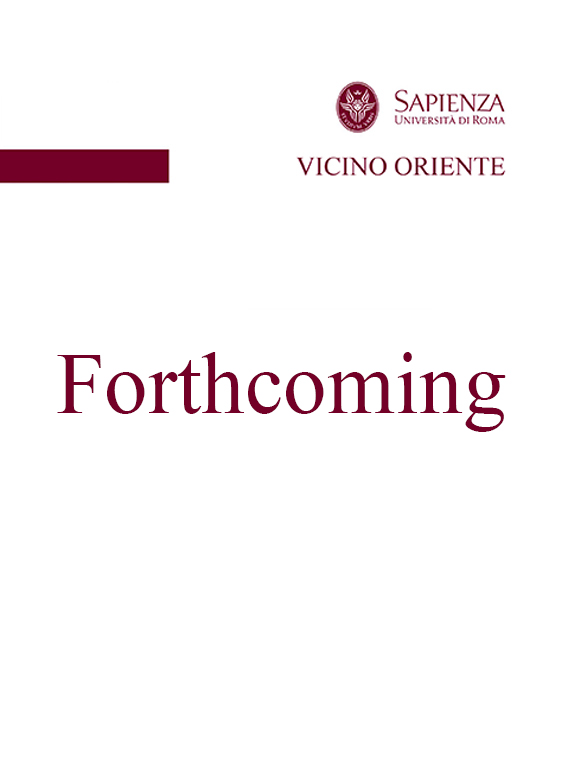Abstract
The study of ancient DNA is a fundamental tool in the hands of archaeologists who use it to expand their knowledge of the ancient Mediterranean population, especially where historical and literary sources are limited and indirect. The Island of Motya, with its harvest of extraordinary finds, is a guide-site for this kind of studies and analyses. A total of 12 human tooth and cranial samples were collected from two different sites of the island, the Sacred Area of Kothon and the Necropolis. Of these, five successfully sequenced mitogenomes possessed haplotypes that could be associated with indigenous European ancestry maybe linked to the incorporation of indigenous Sicilians into the Phoenician society.

This work is licensed under a Creative Commons Attribution-NonCommercial-NoDerivatives 4.0 International License.
Copyright (c) 2024 VICINO ORIENTE

